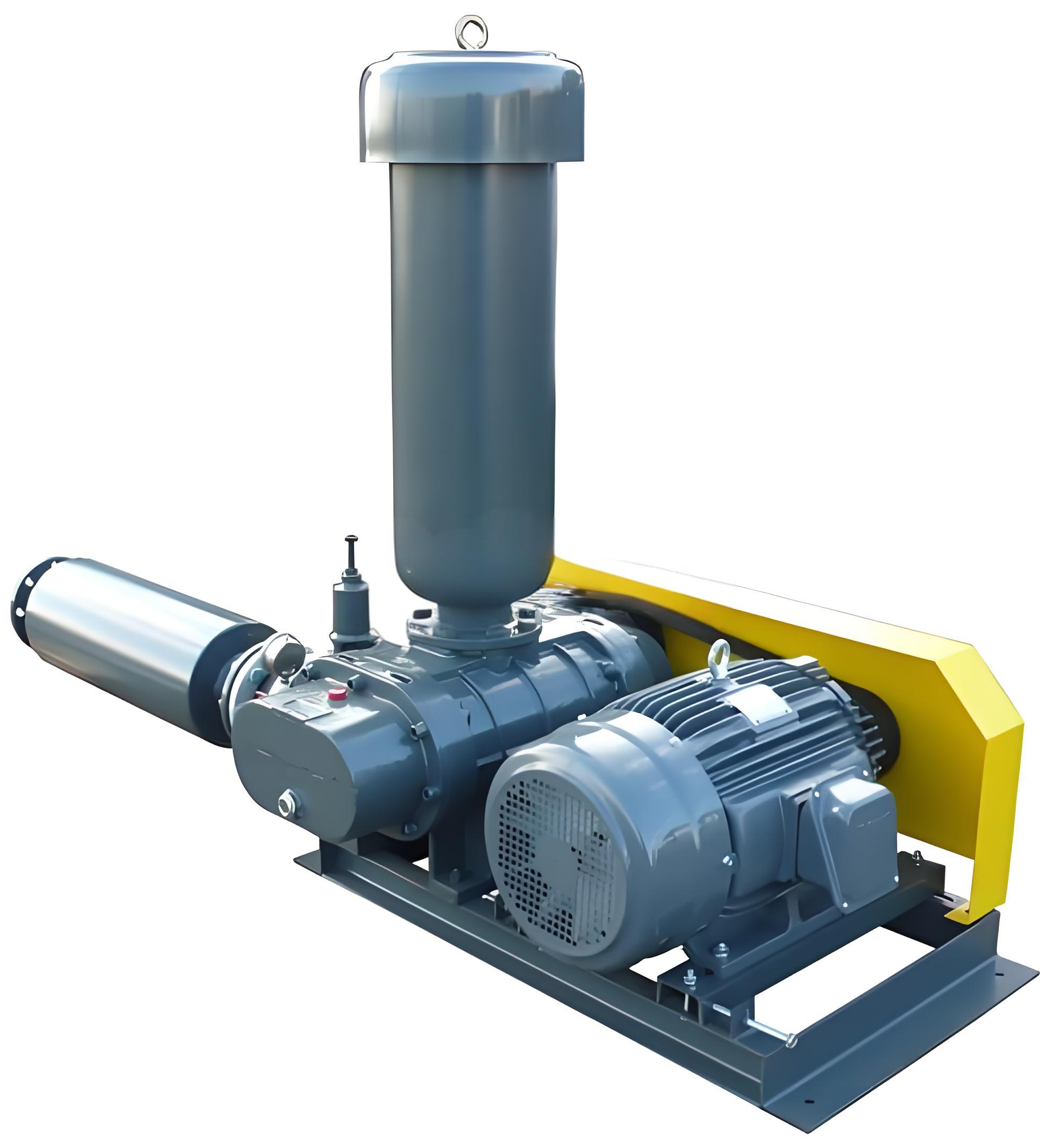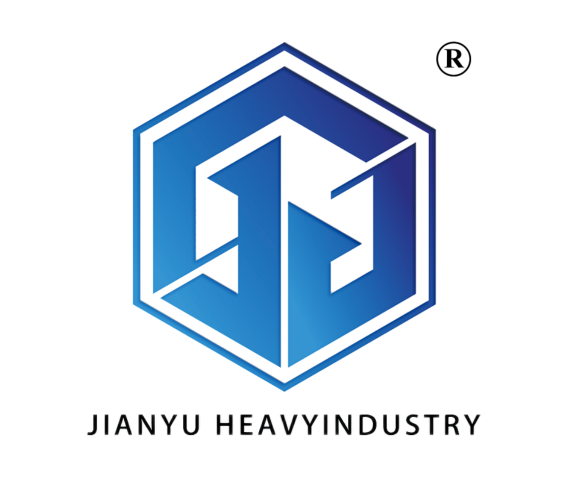fish farm aerator
A fish farm aerator is an essential piece of equipment designed to maintain optimal oxygen levels in aquaculture environments. This sophisticated system works by introducing atmospheric oxygen into water bodies through various mechanical means, ensuring the health and survival of aquatic life. The device typically consists of a motor unit, propeller or paddle wheel mechanism, and specialized diffusion systems that create both surface agitation and deep water circulation. Modern fish farm aerators incorporate advanced features such as variable speed controls, energy-efficient motors, and automated monitoring systems that adjust oxygen delivery based on real-time water quality parameters. These units can be deployed in various configurations, including floating surface aerators, submersible units, and paddle wheel systems, each suited to different pond sizes and farming intensities. The technology proves particularly crucial during nighttime hours when natural oxygen production through photosynthesis ceases, and in high-density farming operations where oxygen demands are consistently elevated. Advanced models often include protective features against power fluctuations and mechanical wear, ensuring reliable long-term operation in challenging aquaculture environments.



